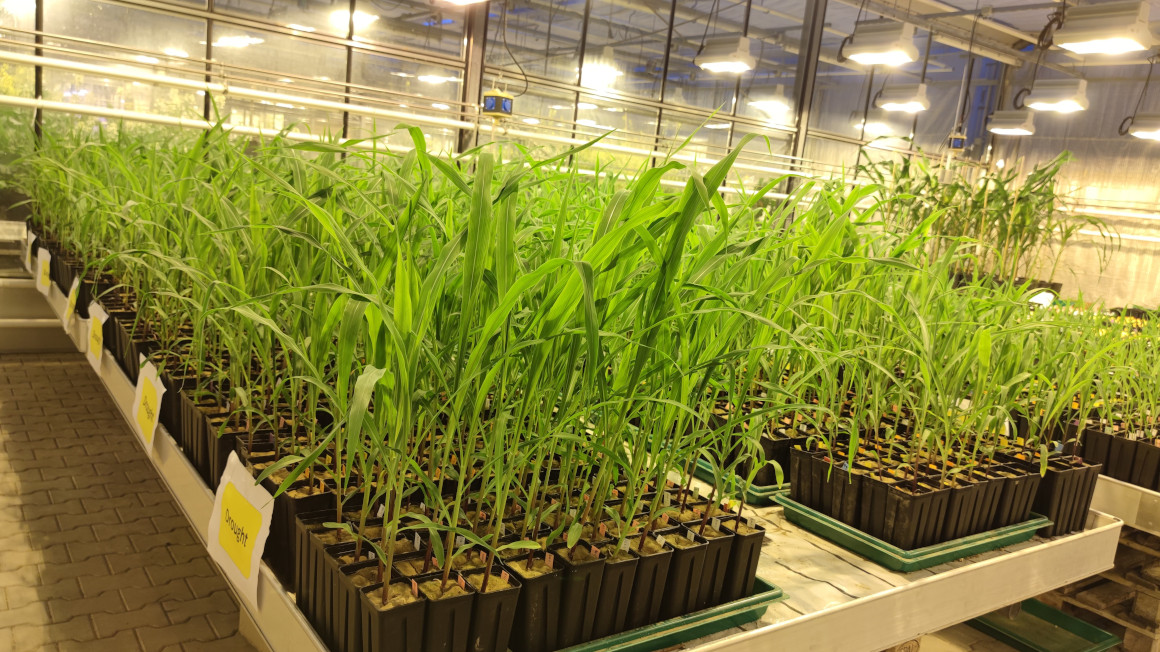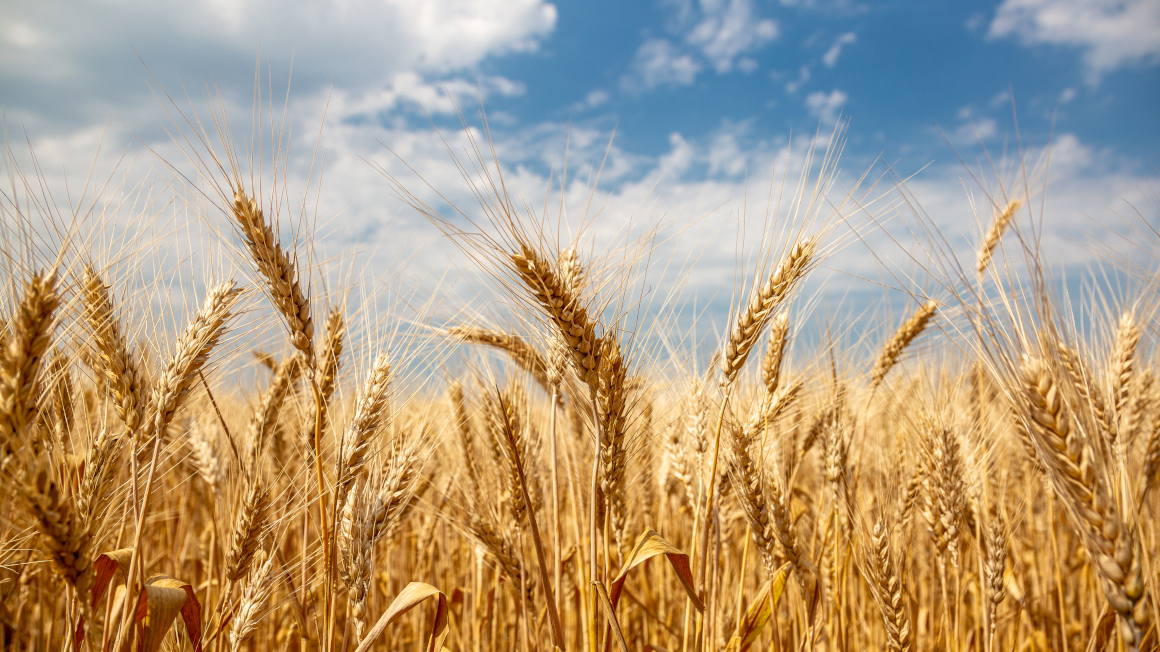Genetic material of maize plants influences the root microbiome
Not only the properties of the soil, but also the genetic make-up of a plant influence which microbes colonise its roots. This is shown by an international study in which researchers from Bonn and Gatersleben were involved.

There are many fungi and bacteria that live in symbiosis with plant roots and enrich each other. Plants can only grow because they are supplied with nutrients and water from the soil via the roots with the help of microorganisms. This diverse community of microorganisms, also known as the microbiome, also protects the host plant from harmful organisms and is therefore a guarantee for plant health.
In an international study led by the University of Bonn, researchers have now shown that not only the properties of the soil, but also the genetic make-up of the host plant has an influence on the composition of microbial diversity at the plant root. The Leibniz Institute of Plant Genetics and Crop Plant Research (IPK) was also involved in the study, which was published in the scientific journal "Nature Plants".
More than a hundred maize varieties analysed
The researchers analysed a total of 129 maize varieties from different regions of the world, including varieties that were grown in the cooler highlands or warmer lowlands of South America and have adapted to the respective environmental conditions. The researchers then allowed these varieties to thrive under normal conditions as well as under phosphorus, nitrogen and water deficiency. This showed that the root microbiome is strongly dependent on stress conditions such as nutrient or water deficiency. But not only that.
"The centuries-long selection of maize varieties adapted to the local climate led to very different genotypes, which we were able to use for the study," says Peng Yu, head of the junior research group "Functional Root Biology" at the University of Bonn. As the team reports, the DNA of microbes from 3,168 samples was sequenced. To do this, the genetic material had to be extracted from the wafer-thin layer of the roots.
Using methods from quantitative genetics, the researchers were able to see how strongly the genetic material of the maize plant influences the composition of the root microbiome. "We were surprised by the large proportion of the genetic component in the formation of the microbiome," says Yong Jiang, one of the first authors of the study and a scientist in the IPK's Quantitative Genetics working group.
Maize genes interact with certain bacteria
Accordingly, nutrient and water deficiency certainly had an influence on the composition of the root microbiome. However, the microbiome of the maize plants was very different, despite the same stress conditions. "We have shown that certain maize genes interact with certain bacteria," explains Peng Yu. Finally, the team was even able to predict which key organisms were present in the microbiome at the root of a particular maize variety based on data on the growing conditions at its place of origin and its genetic make-up.
In this case, bacteria of the genus Massilia were particularly abundant - but only when the plant suffered from nitrogen deficiency. When the researchers inoculated the maize roots with the Massilia bacterium, more lateral roots formed, which significantly improved the maize plant's nutrient and water uptake. The researchers also discovered that the maize root attracts these bacteria with flavones - a plant pigment that stimulates the formation of lateral roots with the help of the bacteria. "The prerequisite for this, however, was that the maize plant had a microtubule-binding gene," says Peng Yu.
Knowledge helpful for plant breeding
According to the researchers, the findings of the study on the role of a plant's genetic material in the composition of the root microbiome could help in the breeding of maize plants that are better adapted to drought and nutrient deficiency. "They can serve as a basis for investigating further agroecological issues and for developing new maize varieties that are better adapted to climate change based on the genome and microbiome data," says Yong Jiang.
bb


